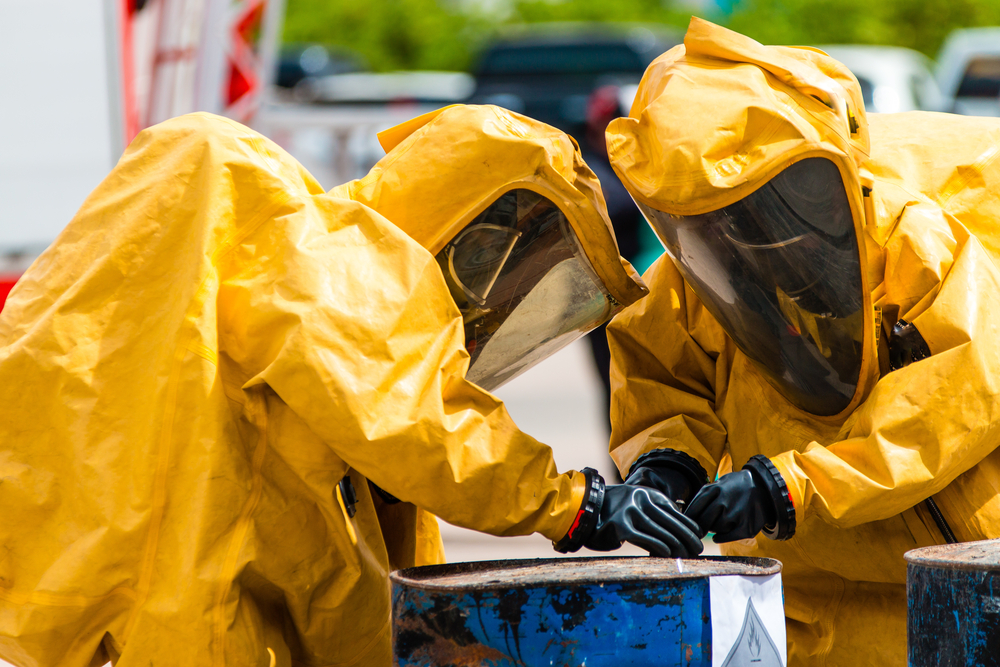
Though a crucial and effective means of keeping Hazardous Materials (HazMat) first responders safe, training programs are often not fully implemented due to time constraints and budget cuts.
According to a paper written by independent CRBN consultant Debra Robinson, many personnel do not consider themselves adequately skilled in the use of their equipment. Robinson said that it is not enough for a department to purchase a full array of safety and monitoring equipment if they fail to make sure their responders know how best to use it.
“Responders need to be thoroughly knowledgeable about the capabilities, limitations, and applications and be proficient in the use of each piece of equipment, and that takes a great deal of training,” Robinson said. “Large city or larger communities with paid fire departments are far better off than the smaller departments. Some 70-80% of fire departments across the United States are manned by volunteers and many struggle to find volunteers to provide the services, let alone complete the requisite training.”
Methods used to combat this vary. Some trainers are still deferring to traditional HazMat training methods. Other departments are moving toward training simulators rather than testing against stimulants that mimic the properties of hazardous materials. Robinson said that such a training method could also help in other, less immediately visible areas — reduced damage to detectors, avoidance of administration of dangerous stimulants and potentially lower insurance premiums — giving trainees hands-on time without the immediate risk.
Whatever training method is chosen, something effective still has to be in place for department training, Robinson said.
“Ultimately, the decision-point and justification is quite simple,” Robinson concluded. “Are you willing to accept the risks associated with under-qualified personnel and insufficient training and capabilities, or should you consider moving toward ensuring you have sufficiently trained, equipped and qualified personnel to respond to the hazards that exist in the community?”




